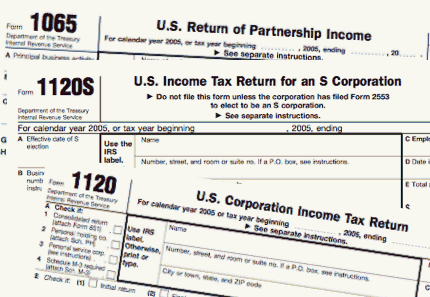It’s been a few months since I’ve written about the efforts to extend the 179d tax deduction. Unfortunately, the reason for this is there has been little real movement towards an extension. Even so, I want to provide as much of an update as possible.
To recap, a few bills have been introduced in the house and are currently sitting in committee. I spoke with some elected representatives earlier in the year and they said it was likely that the the 179d extension would come up once the federal budget was approved. As I predicted back in February, once the appropriates bill was completed Congress turned its attention to healthcare and hasn’t done much else.
A new bill was introduced into the Senate last month, The Clean Energy for America Act (S. 1068), which would extend the deduction through the end of 2018 while also making some major changes to the 179d deduction. The bill changes the baseline building from ASHRAE 90.1-2007 to ASHRAE 90.1-2016 meaning that buildings would need to be more efficient to quality. The incentive amount structure is also changed to a formula in which the owner receives a greater deduction when the building performs above and beyond the baseline. If this bill gains traction, I will definitely be back with a deeper analysis on what these means for future projects. Until then, this bill will mostly likely stay in committee.
There is talk of an upcoming tax reform bill to be taken up and passed sometime this fall. My hope is that the 179d extension would be included in this package. However, I won’t be surprised if it’s left out. If that is the case, expect a vote at the end of December or sometime in January to extend the deduction and to make is retroactive for projects completed in 2016.
If you aren’t familiar with the 179d tax deduction, it was established by the federal Energy Policy Act of 2005 and is for energy-efficient commercial buildings placed in service from January 1, 2006, through December 31, 2016. Throughout the years, it has expired and been renewed multiple times with bipartisan support. The deduction is available primarily to building owners, although tenants may be eligible if they make construction expenditures and own the new equipment for tax purposes.
The tax deduction of $1.80 per square foot is available to owners of new or existing buildings who install (1) interior lighting; (2) building envelope, or (3) heating, cooling, ventilation, or hot water systems that reduce the building’s total energy and power cost by 50% or more in comparison to a set baseline. Partial deductions of $0.60 per square foot are available for buildings that do not meet the 50% threshold, but individual systems provide sufficient savings to justify certification (25% for lighting, 15% for HVAC and 10% for the envelope). The deduction may not be more than the capitalized cost of the installed systems (this generally includes the cost of labor and may include recycling costs).
We will continue watching the progress of the 179d extension and put any updates we hear about here on our site. If you are seeking to work with an engineering firm that is client-centered and strives to provides services that are on time, on budget and exceed expectations, please contact us. We would love to work with you on your next project!



